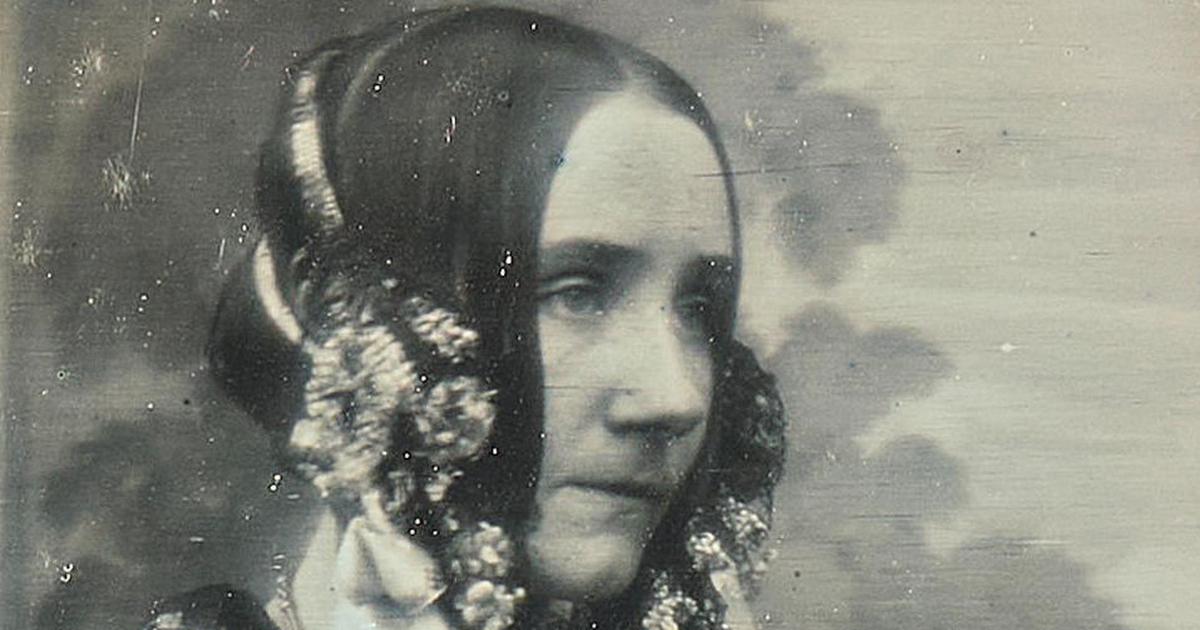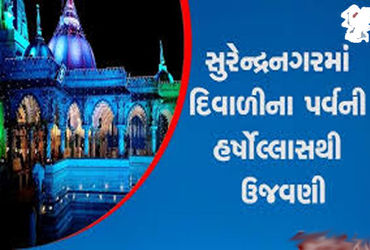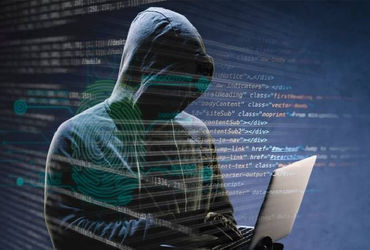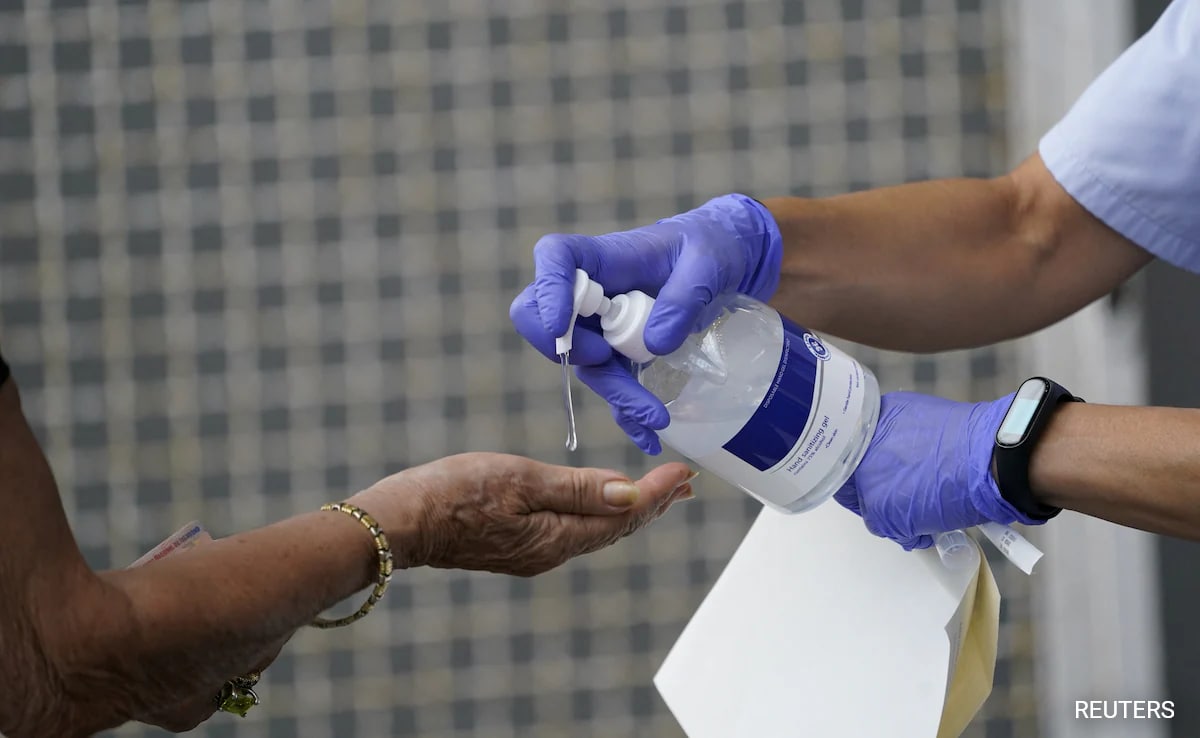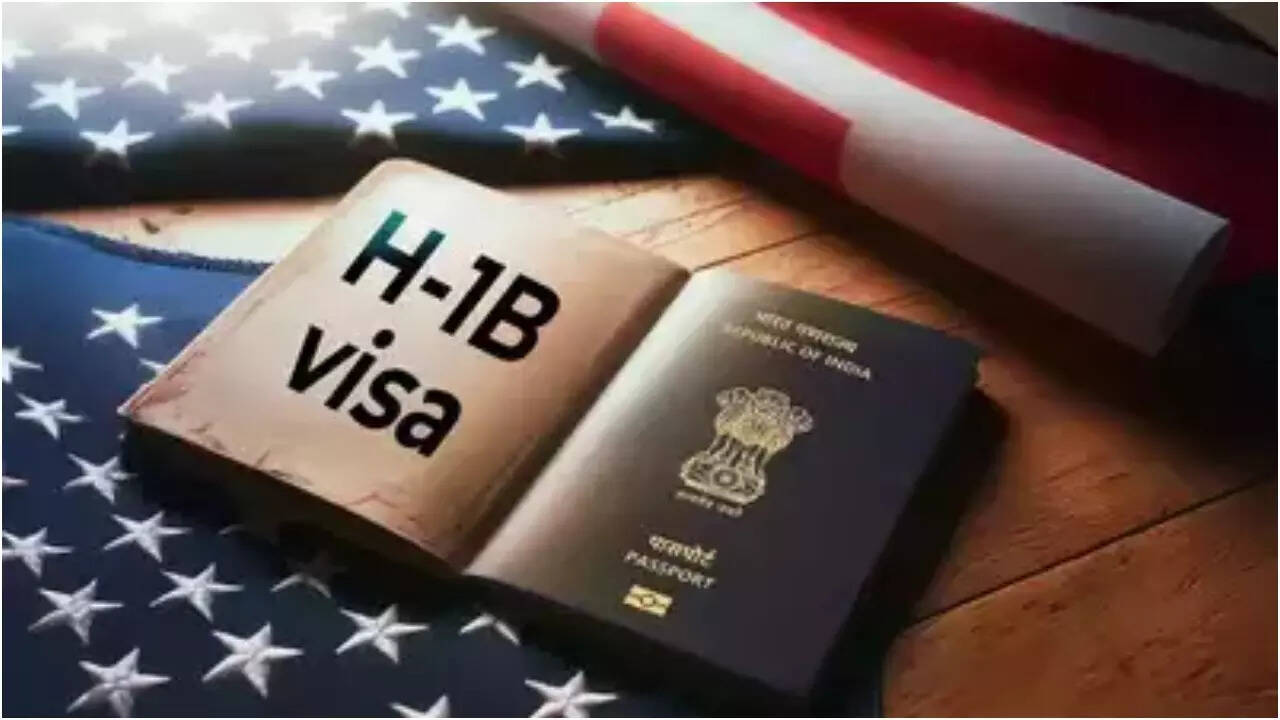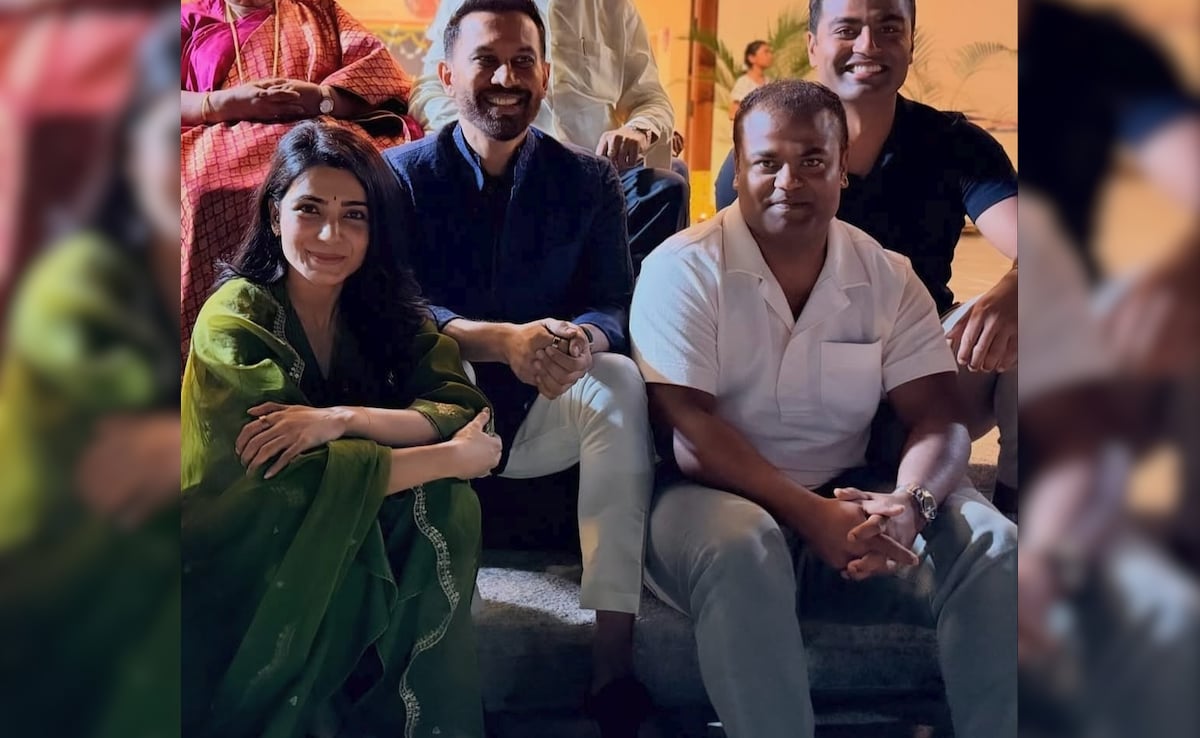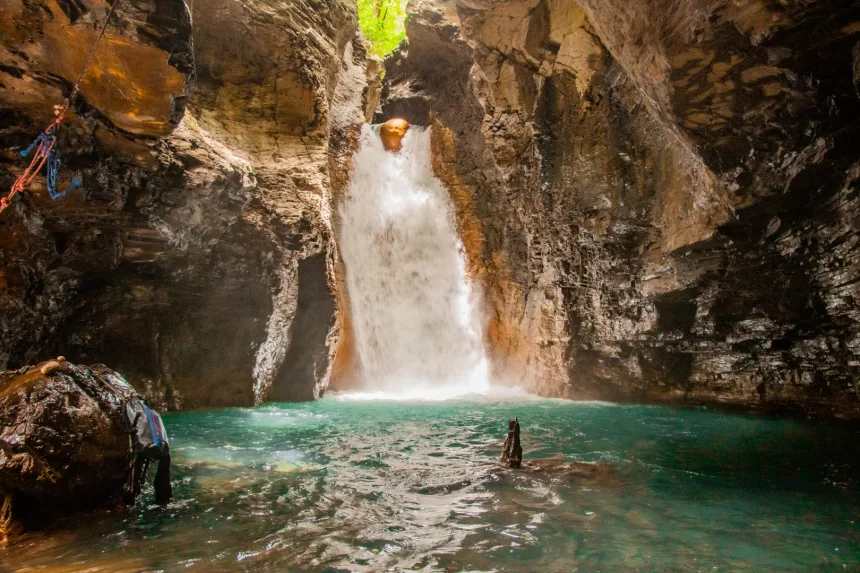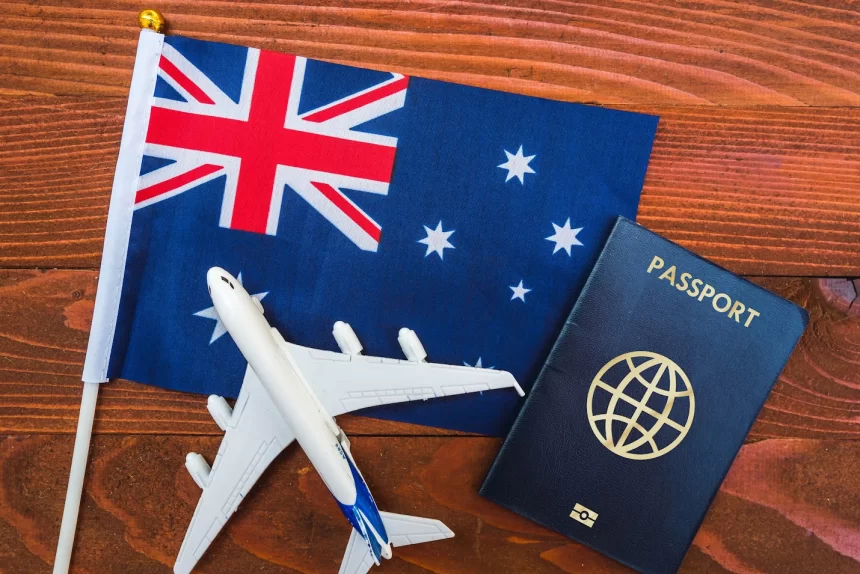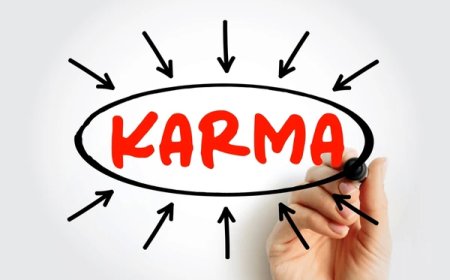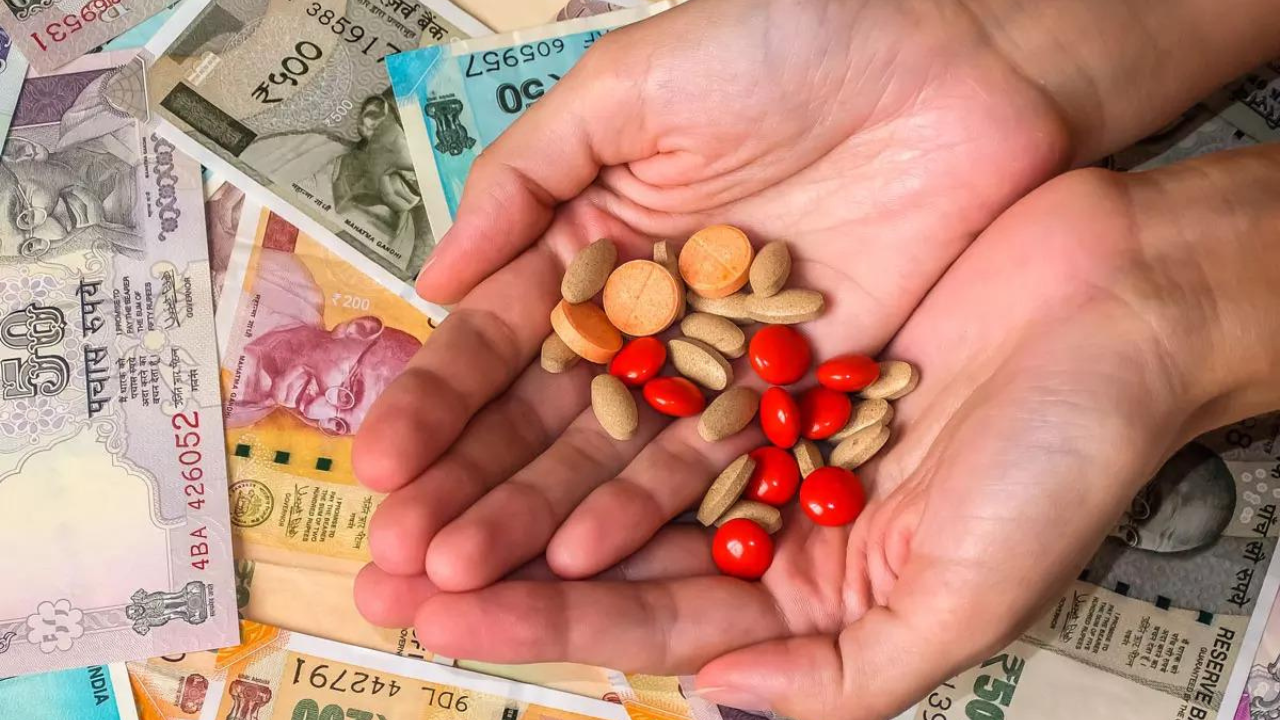Sri Lanka to Bangladesh to Nepal, South Asia’s protests are a loud message against elite capture
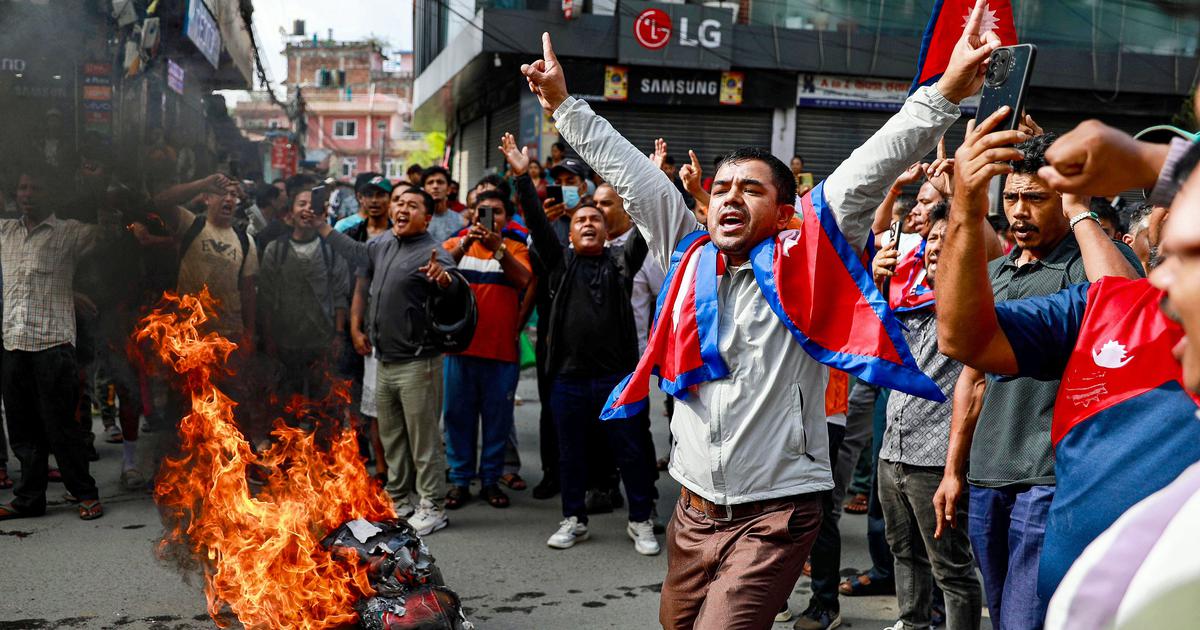
Join our WhatsApp Community to receive travel deals, free stays, and special offers!
- Join Now -
Join our WhatsApp Community to receive travel deals, free stays, and special offers!
- Join Now -

In the tenuous history of Nepal’s still-emerging democracy, September 8, 2025, the first time young demonstrators broke into the prime minister’s official home in Baluwatar, will be a red-letter date.
Months of unrest that were already undermining public trust culminated in the episode, highlighting the fragility of a system founded on institutional rent-seeking and elite capture.
More than just national grievances were addressed by the Kathmandu scenes. They drew attention to a global crisis of legitimacy, as states promising political freedom but not economic opportunity face instability. The young Nepalese did not merely rebel against a government, their collective angst was directed at making the state work for them.
The symbolic grammar of the uprising made it unique. In a clear reminder of the pointlessness of funding education in a system skewed by nepotism and patronage, protesters held up school textbooks. Inspired by the anime One Piece, their symbols went viral and became a representation of resistance to systemic injustice.
Rejecting the established parties, which they saw as the same fabric of ruling elites, protesters declared that they were fed up with the political marketplace. Exclusion was so complete that many had given up on reform from within, they wanted to reject the whole edifice.
The state’s use of live ammunition against unarmed protesters transformed unrest into a full-scale uprising....
Read more
What's Your Reaction?
 Like
0
Like
0
 Dislike
0
Dislike
0
 Love
0
Love
0
 Funny
0
Funny
0
 Angry
0
Angry
0
 Sad
0
Sad
0
 Wow
0
Wow
0

